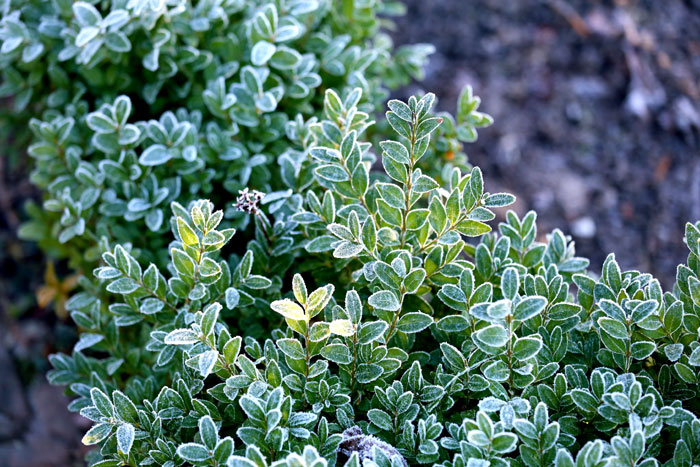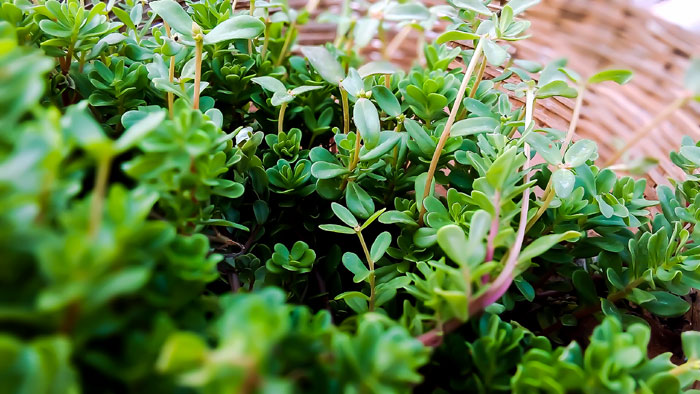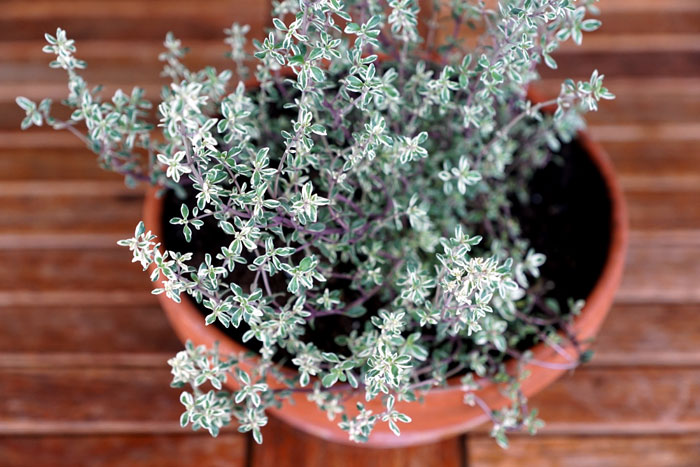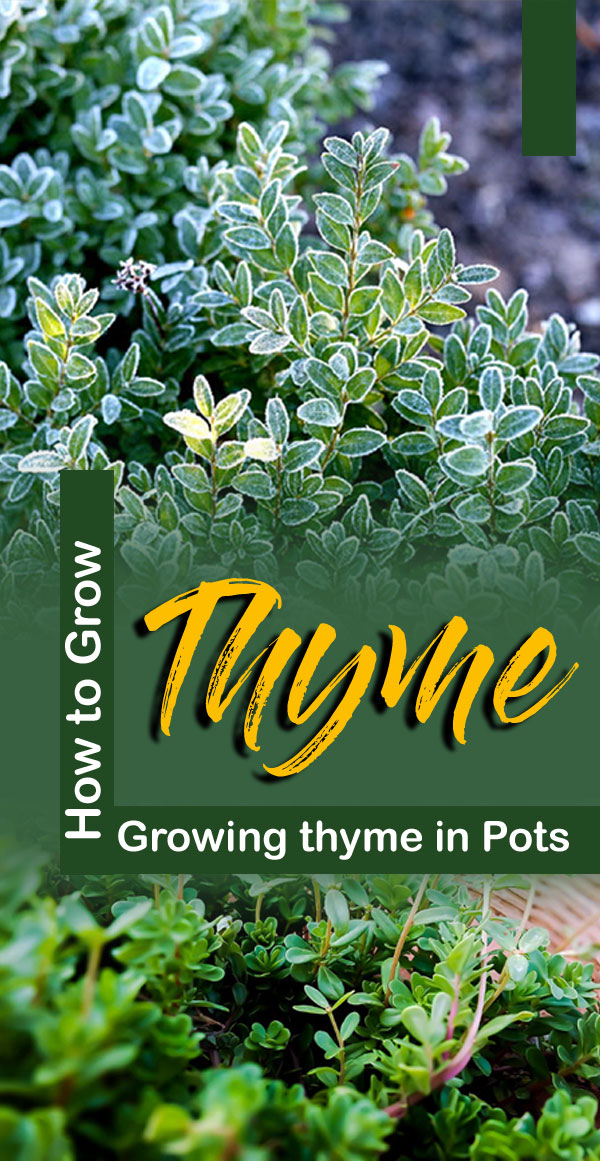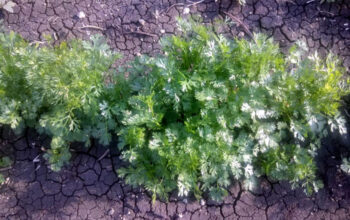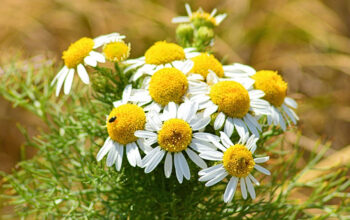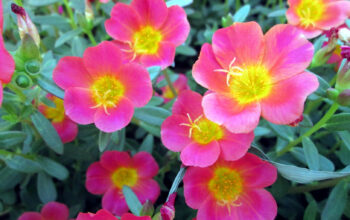Growing thyme herb
Learn How to Grow Thyme, Growing thyme in Pots, care, and more growing information in this article. Thyme herb is a pungent, woody perennial and wonderful herb. It is an aromatic herb native to the Mediterranean Sea, preferring a warm, dry climate with sandy, rocky soil. Ornamental culinary varieties of thyme are used in soups and vegetables.
Thyme plant is small, have pink, lavender, or white tubular flowers, which bloom in spring and summer. It has over 100 species to choose and most thyme is slow-growing. You can start this as a potted plant and you will start getting useful crops in the first year itself. Be sure to taste the thyme before planting in the pot, although all thyme is edible, some taste better.
Overview of Thyme plant
Scientific name Thymus vulgaris
Common name Thyme
Plant type Herb
Sun requires Full Sun/Part Sun
Blooming time Summer
Flower colors Red to purple
Soil Loamy, Sandy
Soil pH 5.5-7.5
Zone 5-9
How to Grow Thyme plant
Soil and Location
Thymus vulgaris prefers well-drained and dry soils. Planting in early spring with pH soil between 6.0 and 8.0. Firstly, you can fertilize by adding organic material to the soil of the garden, do not require too much soil amendment. Thyme herb requires a growing area with full sunlight, if planted indoors, a sunlight window is a good option. In the garden, plant in areas receiving full sun and with drought-tolerant perennial. Read more.
Propagation
Take about 3-4 inches of cutting from the top of the healthy stem. Apply rooting hormone to the wounded part of the cutting, and plant it in sterile sand or vermiculite. In thyme cutting, the roots are emerged within about six weeks, when the roots are slightly set, they can be transferred to a small container. After some time it can be transferred to a large pot or directly to your garden.
It can also be promoted by layering. Take a long and healthy stem of this thyme and cover it with U-shaped soil in carefully secure it. Keep a tip of about 4 inches free. Roots will start forming in the stem within about a month. Cut the new plant from the main plant and transfer it to the garden or to a large pot.
Spacing
Thyme herb plants are vigorous growers, so make sure to place according to their habit. Depending on its specific variety, you can plant anywhere from 12 to 24 inches apart.
Watering
Most of its varieties are hardy, drought-resistant herbs, so you need to water them regularly, but not often. Too much water can cause root rot. When the soil dries completely, water the plant well. Soak the ground thoroughly and wait to dry it again to water.
Fertilizing
Although these plants do not require much food, in the early spring you can fertilize with organic manure material, but do not require too much soil amendment.
Companion Planting
These plants do well under full sun, you can plant rosemary along with the thyme plant growing in containers. Both these plants need to be uniformly watered.
If you grow in the garden, you can plant it with strawberries, tomatoes, cabbage, broccoli, Brussels sprouts, and eggplants.
Growing thyme in Pots
You can easily grow thyme plant in containers. A medium-size container is sufficient for this. In extreme winter you can keep it in a protected place.
Growing thyme from seeds
You can grow thyme plant from seeds, but it has some difficulties in growing. Its seeds are difficult to germinate and can take a long time. If you want to grow from seed, then do as we told:
- Sprinkle the seeds slowly on the soil in the container.
- Slowly and thoroughly water over the seeds.
- Cover the seeds with plastic sheets, and keep the container in a warm and light place.
- It takes about 1 to 12 weeks for the seeds to germinate.
- You can plant it in your garden when the thyme plants are set slightly and grow about 4 inches high. Read also.
Care of thyme plants
- These plants require very little care, you only take care of water in very dry conditions and feed it sparingly.
- To prevent severe frost, mulch with organic matter in the month of October, this will help protect against frost and cater to their food needs.
- After about three or four years, when your thyme plant starts to become woody and produces fewer leaves, the plant should be separated and replanted.
- You can harvest it all year round, but the best taste comes in the months of mid-June to mid-July. In winter, the plant stops growing, so do a light harvest.
- This plant is usually free from pests and disease, although greenflies sometimes attack it. Read also.
Harvesting thymus vulgaris
Harvesting of Thymus vulgaris herb is absolutely easy, you can harvest it all year round. All you need is a recipe, you can cut and remove it from the plant for your recipe. Once these plants are established, it is difficult to harvest too much of the plant. You cut about one-third of your plant, no more. You can keep the fresh thyme lightly wrapped in a plastic sheet, it can run easily for about 1-2 weeks.
Pests Problem with thyme herb
Thymus plants are especially more susceptible to fungal diseases and root rot, affecting botrytis rot, Rhizoctonia, and other plant diseases. To prevent these problems, select locations with good drainage and suitable air circulation.
It is mainly attacked by Aphids, mealybugs, and spider mites. If these pests are visible on the plant, for pest control, put a strong water stream, spray with insecticide soap or use neem oil or any organic pesticide.
Thyme Varieties
Golden Lemon (Aureus)
This variety of thyme smells of lemon along with its leaves are of golden variegated and minty quality.
Annie Hall
These are particularly attractive and hardy evergreen plants, have pink flowers and mid-green leaves.
Woolly Thyme
It is very soft and flat like a carpet, it has no smell. Woolly is not used for cooking. It grows well in rock gardens.
Silver Posie
These are also hardy plants and also have pink flowers and silver-edged leaves.
Bertram Anderson
This variety has golden leaves and pink flowers.
Read also: How to grow Broccoliin containers. 7 Easy growing purple vegetables. Plumeria growing and caring guide. Growing Colchicumat your garden. Freesia flowers growing and care guide. Soybeans growing and care guide. Hollyhocks growing and caring tips. Liatris growing and care guide. Geranium growing and caring tips. 11 Best winter flowers for your garden. Coriander Growing and care in containers. Celery growing in containers. Orangegrowing and caring guide. Mulberry tree growing at home. Anthurium plant Growing indoors.
Happy Gardening
For Pin:

